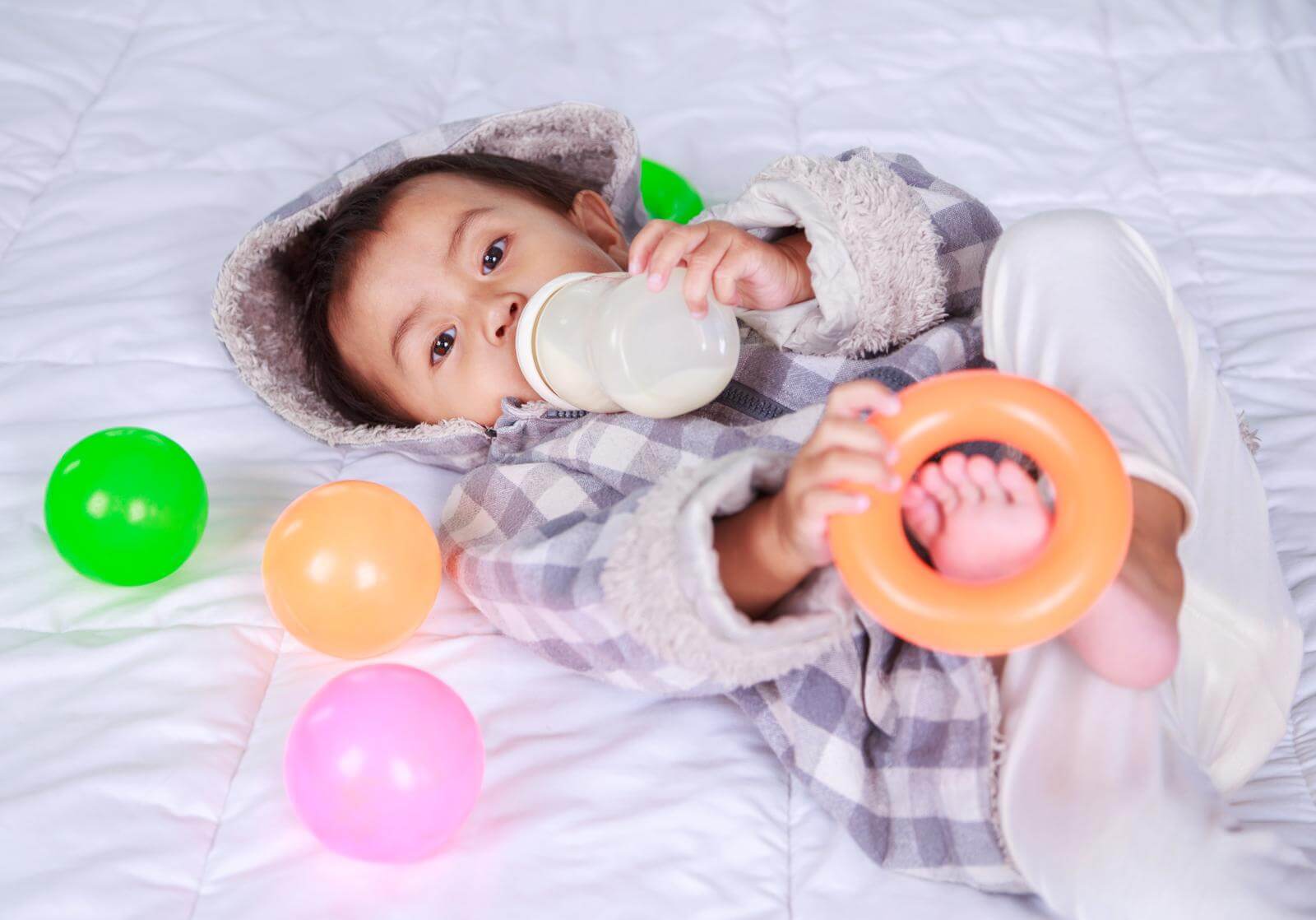Baby Health Alert: Understanding the Impact of Microplastics on Your Little One

Are you concerned about the unseen risks lurking in your baby's feeding routine? Recent groundbreaking research sheds light on a topic that's been lingering in the shadows: microplastics in baby bottles. As parents, ensuring our little ones' well-being is paramount, and this new insight demands our attention. Let's delve into this issue together and explore practical steps to safeguard our babies' health.
Understanding Microplastics
Let's start by demystifying microplastics. These are minuscule plastic particles, typically less than 5mm in size, originating from various sources. While we're familiar with their presence in the environment, recent studies have uncovered alarming levels in everyday baby care items, particularly plastic baby bottles.
Why Should I Worry About Microplastics And My Baby?
Picture this: the routine act of sterilizing baby bottles and preparing formula could inadvertently expose your precious bundle to a myriad of microplastics. Researchers, following stringent WHO guidelines, found that high temperatures during sterilization and formula preparation trigger the release of micro and nano plastics from plastic baby bottles. These particles, smaller than the width of a human hair, are abundant and difficult to quantify. Profoundly, this revelation challenges our assumptions, with estimations soaring into the millions of microplastic pieces per liter of fluid.
What The Research Says
Drawing from extensive experimental data, scientists projected that babies fed using plastic bottles encounter a staggering 1.6 million microplastic particles daily during their first year. Regions like the US, Australia, and Europe, where bottle feeding prevails, report even higher exposure levels, surpassing 2 million particles daily. This eye-opening research underscores the urgent need for awareness and action.
Exploring Alternatives
Amidst concerns surrounding plastic bottles, there's a beacon of hope: glass baby bottles. While traditionally perceived as heavy and fragile, modern innovations have rendered them lighter and more resilient. Brands like Cherub Baby offer glass bottles crafted from top-quality borosilicate glass, renowned for its durability and thermal shock resistance. With added features like silicone sleeves for protection, these bottles offer a safe and eco-conscious alternative.
Final Thoughts
In navigating the realm of microplastics, uncertainty looms large. While conclusive evidence on their health impacts is pending, proactive measures are prudent. Let's not wait for the evidence to mount – let's act now. Whether it's adopting glass bottles or following recommended sterilization practices, every step counts towards safeguarding our babies' well-being. Together, let's embrace informed choices and pave the way for a healthier future.
Closing Call to Action
As you embark on this journey of mindful parenting, consider exploring glass baby bottles from trusted brands like Cherub Baby. By prioritizing safety and sustainability, we pave the way for a healthier tomorrow, one bottle at a time.
References:
- Plastic baby bottles shed millions of microplastics when shaken – New Scientist
- EXPERT REACTION: Babies exposed to huge amounts of microplastics from their bottles – Scimex.org





